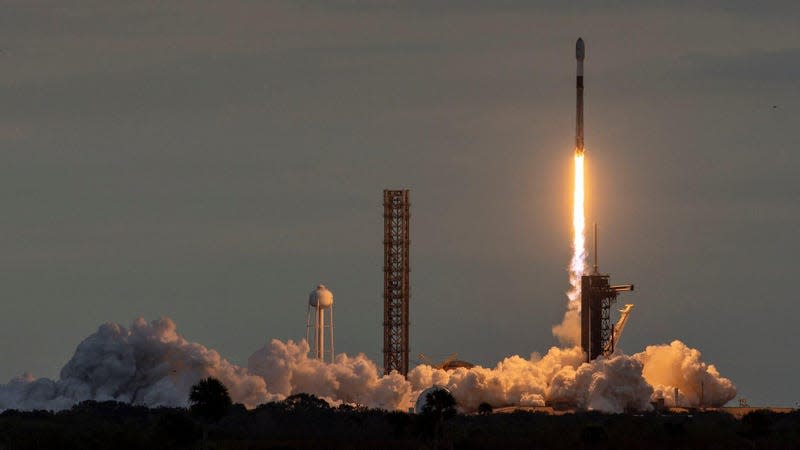How SpaceX's Starlink terminals first arrived in Ukraine

Weeks before Russia invaded Ukraine, the US began scrambling to find satellite communications equipment that could keep the Ukrainian government connected to the rest of the world, new documents reveal.
Those efforts resulted in thousands of satellite-antenna terminals that connect to SpaceX’s Starlink broadband internet network being sent to Ukraine. They have proven vital to Ukraine’s war effort, but became a source of controversy for both SpaceX and the US over the service’s cost, and who is paying for it.
Read more
Government contractor DAI began searching for the right equipment as early as Feb. 11, according to documents Quartz obtained through a Freedom of Information Act request. Russia invaded Ukraine on Feb. 24, shocking many, but not the US government, which sounded the alarm ahead of the invasion.
Preparing for cyberwar
Ahead of the Russian invasion, US officials fretted about Russian physical and cyber attacks on electrical and communications infrastructure. Officials at the US Agency for International Development (USAID) worked to prevent that, commissioning DAI for the project.
“DAI and USAID are doing everything possible to make sure the internet connection is established in advance of any disruption in telecommunications,” a DAI official wrote in a March procurement request.
Through that request, first reported by the Washington Post in April, USAID purchased 1,333 terminals for $1,999,993, or about $1500 each. That’s about what SpaceX executives said they cost to manufacture at the time, though similar equipment was sold to consumers for $500 as part of a loss-leading strategy. At the same time, SpaceX also donated 3,600 terminals to Ukraine.
Confusion over SpaceX’s donations
SpacedX officials had originally said all of the equipment was donated. “I don’t think the U.S. has given us any money to give terminals to the Ukraine,” SpaceX President Gwynne Shotwell said on March 22. A USAID official approved the nearly $2 million purchase four days earlier. On April 5, USAID issued a press release describing purchase and SpaceX’s donation, but then deleted and reissued it without the number of terminals purchased.
Ashley Yehl Flanagan, a USAID spokesperson, did not respond to questions about why the press release was changed. SpaceX did not respond to questions about the purchase. DAI was unable to respond by press time.
In October, SpaceX asked the US Department of Defense for $124 million to cover the cost of operating the terminals. That request was apparently withdrawn following public criticism. A Ukrainian government minister said this week that SpaceX was sending 10,000 more terminals to the country and suggested European Union countries would cover the cost of their use. Some 22,000 have been delivered since the war began.
Who’s paying for Starlink service, and why does it cost so much?
One enduring questions is who originally paid for the Starlink service. One document Quartz obtained makes reference to purchasing data plans for the Ukrainian government, but the final approval of the procurement does not mention it. Musk later claimed that SpaceX lost $80 million providing service in Ukraine.
It’s not clear how those costs add up. SpaceX suggests it is providing enhanced service to Ukrainian government users. Providing service in Ukraine might require prioritizing data transfers over laser links between the satellites in space or the company’s limited number of European ground stations, which could impact other customers. It’s possible that efforts to evade jamming or target capacity might be more labor intensive, or that users in a conflict zone require significantly more customer support.
“[T]he per unit costs for the Starlink terminals and the shipping cost is similar and in some cases lower than quotes provided by other vendors for similar procurements,” the DAI executive wrote in the procurement request.
Still, SpaceX’s sales pitch is that its satellite constellation is largely automated on set orbital paths, with capacity mainly limited by the number of users underneath a given Starlink spacecraft. That’s why the difference between the company’s $500-a-month premium service and the $4,500-per-month cost it has cited in Ukraine are difficult to pin down. Civilian users in Ukraine pay $60-a-month for limited service, according to one crowdsourced survey.
More from Quartz
Sign up for Quartz's Newsletter. For the latest news, Facebook, Twitter and Instagram.

